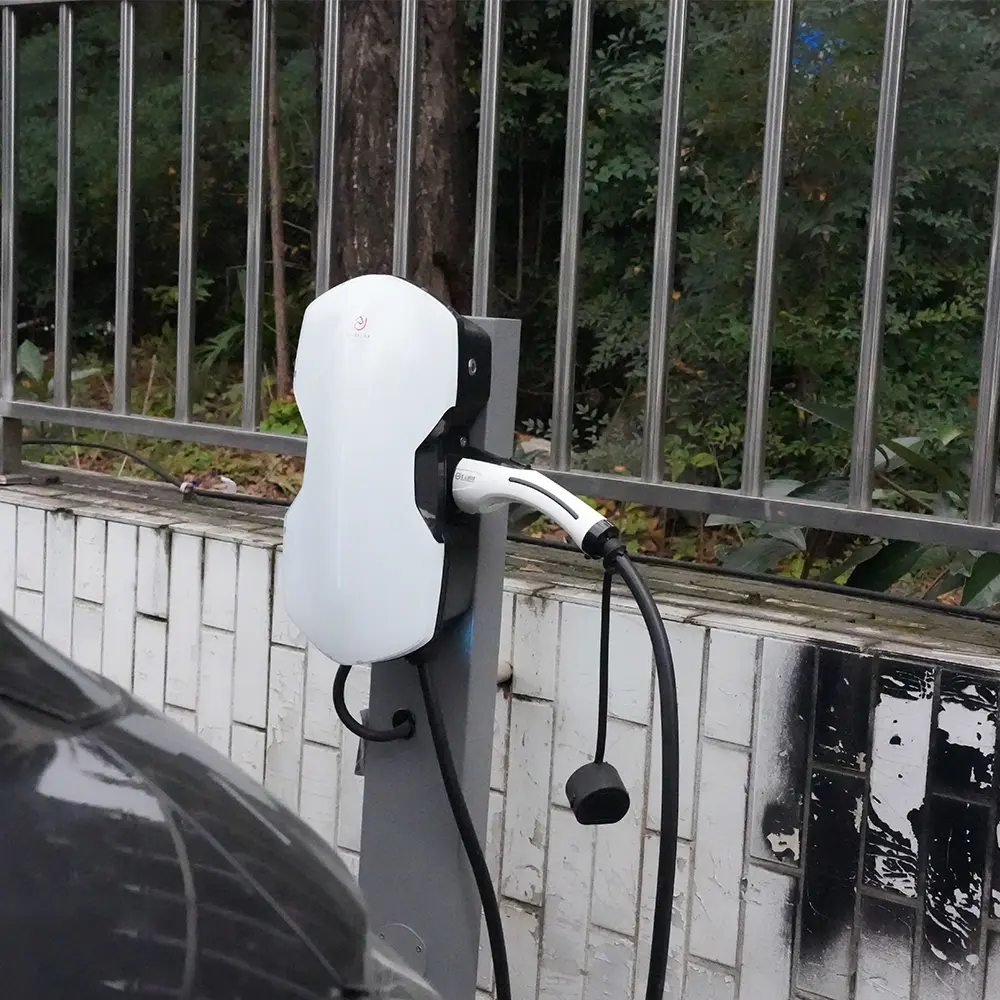Industry newsMay 28,2025By:
# **The Role of Vehicle Charging Stations in Disaster Preparedness**
As climate change increases the frequency and intensity of natural disasters—such as hurricanes, wildfires, and power outages—electric vehicle (EV) charging stations can play a vital role in emergency response and community resilience. Unlike traditional gas stations, which rely on vulnerable fuel supply chains, EV charging infrastructure, when properly designed, can provide backup power, support evacuation efforts, and ensure mobility during crises. Integrating charging networks into disaster preparedness plans is essential for a sustainable and resilient future.
## **Power Resilience Through Vehicle-to-Grid (V2G) Technology**
One of the most promising aspects of EV charging stations in disasters is **bidirectional charging**, or **vehicle-to-grid (V2G)** technology. EVs with large batteries can serve as mobile power sources, supplying electricity to homes, emergency shelters, or critical infrastructure when the grid fails. For example, during blackouts caused by storms, fleets of EVs and charging stations equipped with V2G capabilities could keep hospitals, communication towers, and water pumps operational. Some cities are already piloting programs where EVs act as decentralized energy storage during emergencies.
## **Supporting Evacuations and Emergency Mobility**
During disasters, reliable transportation is crucial for evacuations and emergency services. However, gas stations often face fuel shortages or power failures, leaving many vehicles stranded. In contrast, solar-powered or battery-backed EV charging stations can remain operational off-grid, ensuring that emergency responders and evacuees have access to charging. Strategic placement of charging hubs along evacuation routes can prevent bottlenecks and extend the range of EVs carrying people to safety.
## **Microgrids and Renewable Energy Integration**
Disaster-resilient charging stations can be linked to **microgrids**—localized energy systems that operate independently of the main grid. By incorporating solar panels, wind turbines, or battery storage, these stations can continue functioning even during widespread power outages. For instance, in wildfire-prone areas, renewable-powered charging points could provide a lifeline for both residents and emergency vehicles when traditional energy infrastructure is compromised.
## **Challenges and the Path Forward**
Despite their potential, several challenges remain, including:
- **Limited V2G adoption** – Most EVs and chargers do not yet support bidirectional power flow.
- **Grid dependency** – Many charging stations still rely on the main electricity grid, making them vulnerable during outages.
- **Equitable access** – Rural and low-income areas often lack sufficient charging infrastructure, leaving them at greater risk during disasters.
To address these issues, governments and utilities must invest in **disaster-ready charging infrastructure**, incentivize V2G-compatible vehicles, and prioritize renewable-powered stations in high-risk zones.
## **Conclusion**
EV charging stations are more than just a convenience for daily commutes—they can be a cornerstone of disaster resilience. By leveraging V2G technology, renewable energy, and smart placement, these stations can enhance emergency preparedness, keep critical systems running, and save lives during crises. As climate-related disasters become more frequent, integrating EV infrastructure into disaster planning is not just an option—it’s a necessity.

Check out Pingalax!
© 2025 All Rights Reserved
Power By Bontop